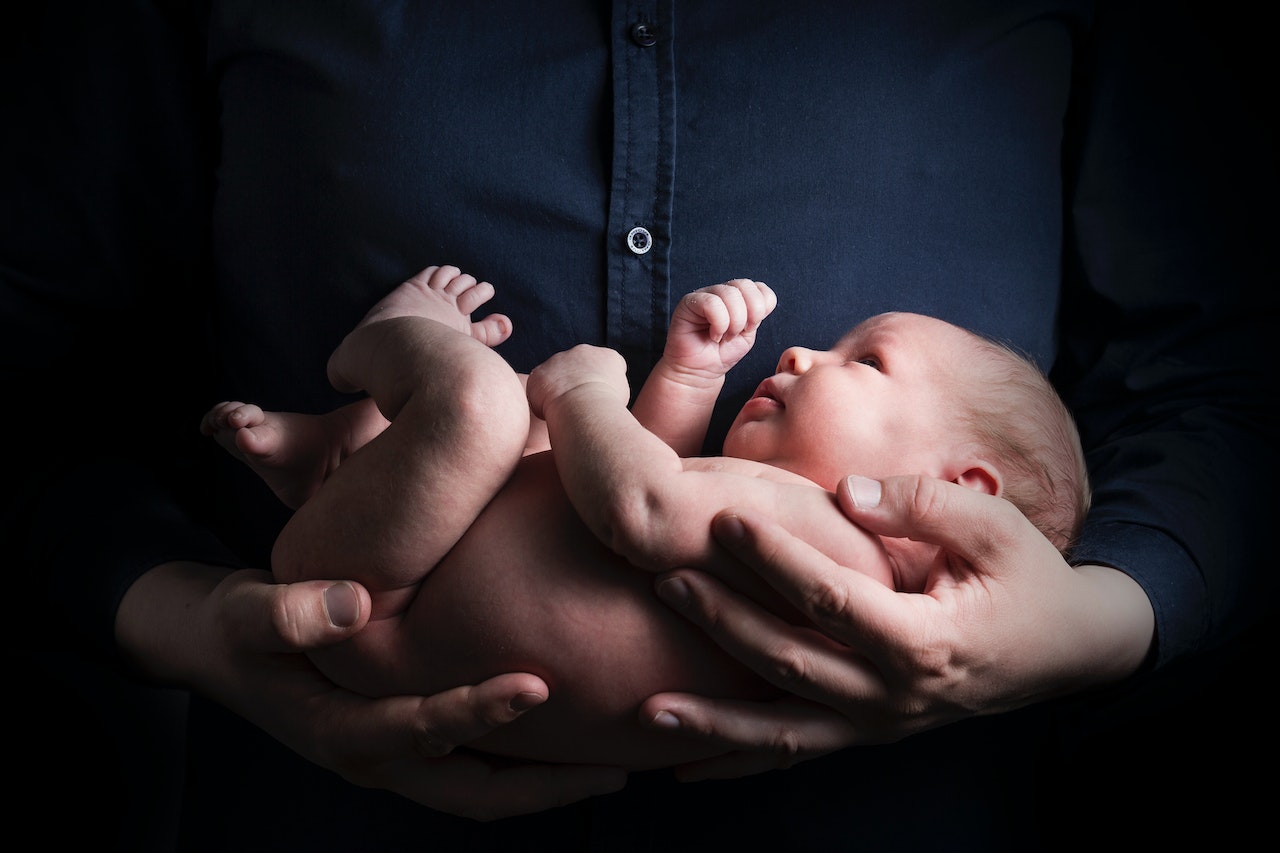The United Kingdom’s first baby with DNA from 3 people was born in the UK after developing a revolutionary IVF treatment to prevent babies from inheriting fatal disorders.
The method, Mitochondrial Donation Treatment (MDT), takes tissue from healthy female donors’ eggs to make IVF embryos free of harmful abnormalities that their mothers will likely pass on to their offspring.
However, it’s not the world’s first baby with three parents, before this in 2016, a Jordanian couple had a baby with an MDT procedure with the help of Dr. Zhang in America.
The embryos combine the biological parents’ sperm and egg with tiny battery-like structures called mitochondria from the donor’s egg.
The embryo contains DNA from both parents as well as a little amount of genetic material, around 37 genes, from the donor.
This process of combining DNA from parents and taking a few genes from the egg donor has led to the phrase three-parent babies.
Mitochondrial Replacement Therapy (MDT/MRT)
Mitochondria are the “powerhouse” of the cell and it contains its own genetic material, the majority of our DNA is stored in the nucleus whereas a minor fraction is also present in the mitochondria.
About one in 6000 babies are affected by mitochondrial disorders worldwide, for affected women some babies are born healthy as they inherit a little proportion of mtDNA others may inherit far more and develop more severe disorders.
Mitochondrial Donation Treatment or Mitochondrial Replacement Therapy was founded by a group of researchers based in the UK from the Newcastle Fertility Centre.
This research aimed at helping those women conceive who have serious mutations in their mitochondrial DNA (mtDNA), offspring inherit mitochondria from their mothers so, there’s a full chance that the baby has all those serious mutations.
Why do we Inherit Mitochondria from our Mothers only?
While fertilizing the ovum the tail of sperm (which contains mitochondria) is left behind. Since sperm cells do not contain any mitochondria so the mitochondrial DNA (mtDNA) is single-handedly inherited from mothers.
There are several approaches to this, but most teams employ one of two, some extract the nuclei of two eggs, one from a donor and one from a prospective parent.
The nucleus of the would-be parent is then implanted into the donor’s egg, which still includes the cytoplasm, the fluid outside the nucleus that contains the mitochondria.
The resultant egg can subsequently be fertilized by sperm, resulting in an embryo with three genetic parents.
Others start with a fertilized egg, known as a zygote, the DNA-containing nucleus of this zygote is then collected and transplanted to another fertilized egg that has had its own nucleus removed.
The resulting zygote has three genetic parents as well.
Risks and Ethics Related to MRT
MRT may not always prevent mitochondrial disorders, according to research in cells in a laboratory and in monkeys, if this occurs in humans, the effects could be severe.
When extracting nuclear DNA, it is impossible to avoid bringing some cytoplasm, including mtDNA, with it.
Embryologists were able to keep the ensuing “carryover” to less than 1% of the embryo’s total mtDNA, but research has shown that this “carryover” increases over time[1].
According to new research, the little number of defective mitochondria that are inevitably passed over from the mother’s egg to the donor egg can grow while the kid is in the womb in some situations. Reversion or reversal could cause an illness in the child [2].
Although clinical experience with MRT has been positive, the number of documented cases is simply too small to draw any firm conclusions about its safety or efficacy.
Scientists were well aware that the experiments would never be risk-free, and that they might potentially waste perfectly good donor eggs and embryos.
But they don’t really have any clue as to why reversion happens. In the end, we all need to give it some time to reach a solid conclusion.
References
- Jessica Hamzelou, ‘Three-parent baby technique could create babies at risk of severe disease‘, MIT Technology Review, 02 March 2023, https://www.technologyreview.com/2023/03/02/1069296/three-parent-baby-technique-risk-of-disease/[↩]
- Nuno Costa-Burges et al., ‘First pilot study of maternal spindle transfer for the treatment of repeated in vitro fertilization failures in couples with idiopathic infertility‘, Fertility and Sterility, 12 February 2023, https://www.fertstert.org/article/S0015-0282(23)00136-X/fulltex/[↩]





